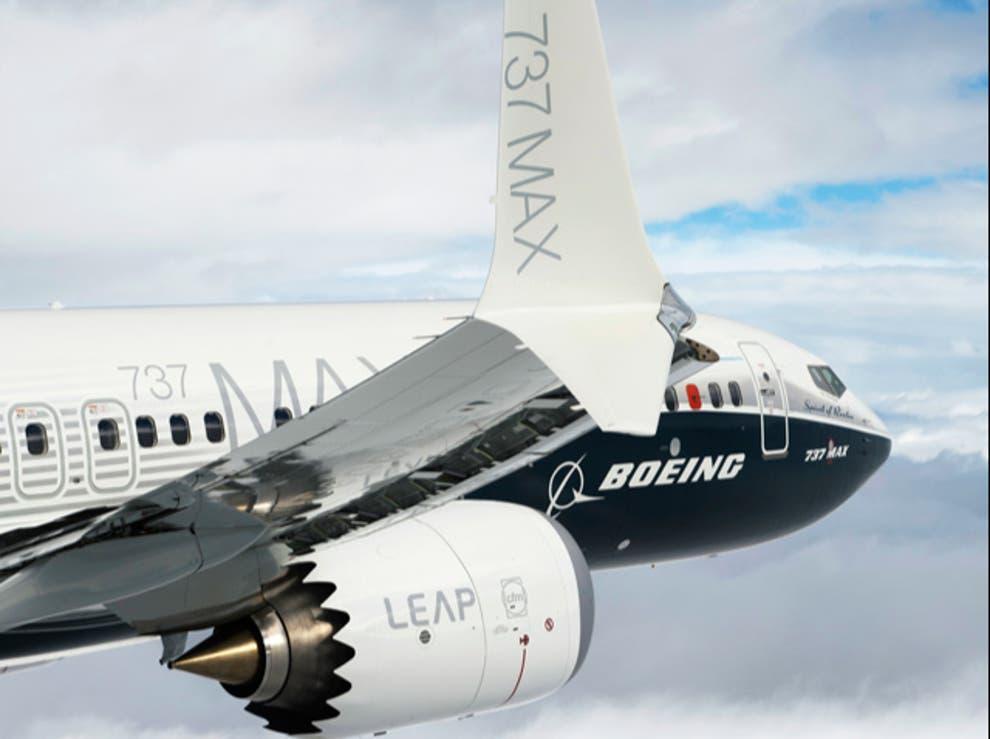Boeing admits liability for Ethiopian Airlines 737 Max crash
‘By accepting responsibility, Boeing’s agreement with the families allows the parties to focus their efforts on determining the appropriate compensation’ – Boeing statement

Boeing has acknowledged liability for the crash of Ethiopian Airlines flight 302 in March 2019, in which 157 passengers and crew died.
The move came in a filing in to a US District Court in Chicago in response to lawsuits from families of the victims.
The almost-new Boeing 737 Max had just taken off from Addis Ababa on a flight to Nairobi in Kenya when the pilots lost control of the plane.
Five months earlier, another 737 Max came down in the Java Sea shortly after leaving the Indonesian capital, Jakarta. All 189 people on board Lion Air flight 610 were killed.
The cause of both tragedies was a software system that fatally malfunctioned and defeated the pilots’ efforts to save the aircraft.
The planemaker has reached an agreement with almost all of the families of the victims of the second crash to compensate them “fully and fairly” for their losses.
It said: ”By accepting responsibility, Boeing’s agreement with the families allows the parties to focus their efforts on determining the appropriate compensation for each family.”
The deal means Boeing will not face claims for punitive damages. The manufacturer has already reached agreements with the families of the victims of the Lion Air crash in Indonesia.
Both tragedies were attributed to software known as the Maneuvering Characteristics Augmentation System (MCAS), which was installed because of the unusual structure of the latest variant of the 737 – with large engines mounted further forward than is usual.
MCAS was intended “to provide consistent handling qualities”. But neither the main safety regulator, the Federal Aviation Administration (FAA) nor airlines that bought the plane were fully informed of the new system.
In both crashes, incorrect data from a faulty sensor caused the software to push the nose of the aircraft down repeatedly while the pilots struggled for control.
Dominic Gates, aviation writer for the Seattle Times in the city where the 737 is made, tweeted: “This is the closest yet to a full admission of blame for the Max crashes.
“With the possibility of further revelations of wrongdoing in court proceedings now remote, Boeing’s leadership can leave it to the lawyers to work out the precise compensation amounts while they move on.”
Following the Ethiopian Airlines tragedy, the Max was grounded for 20 months while safety enhancements were made.
The plane re-entered service in December 2020, and is now flying for many European airlines including Tui and Ryanair – the biggest customer for the Boeing 737 Max in Europe.
Join our commenting forum
Join thought-provoking conversations, follow other Independent readers and see their replies
Comments
Bookmark popover
Removed from bookmarks